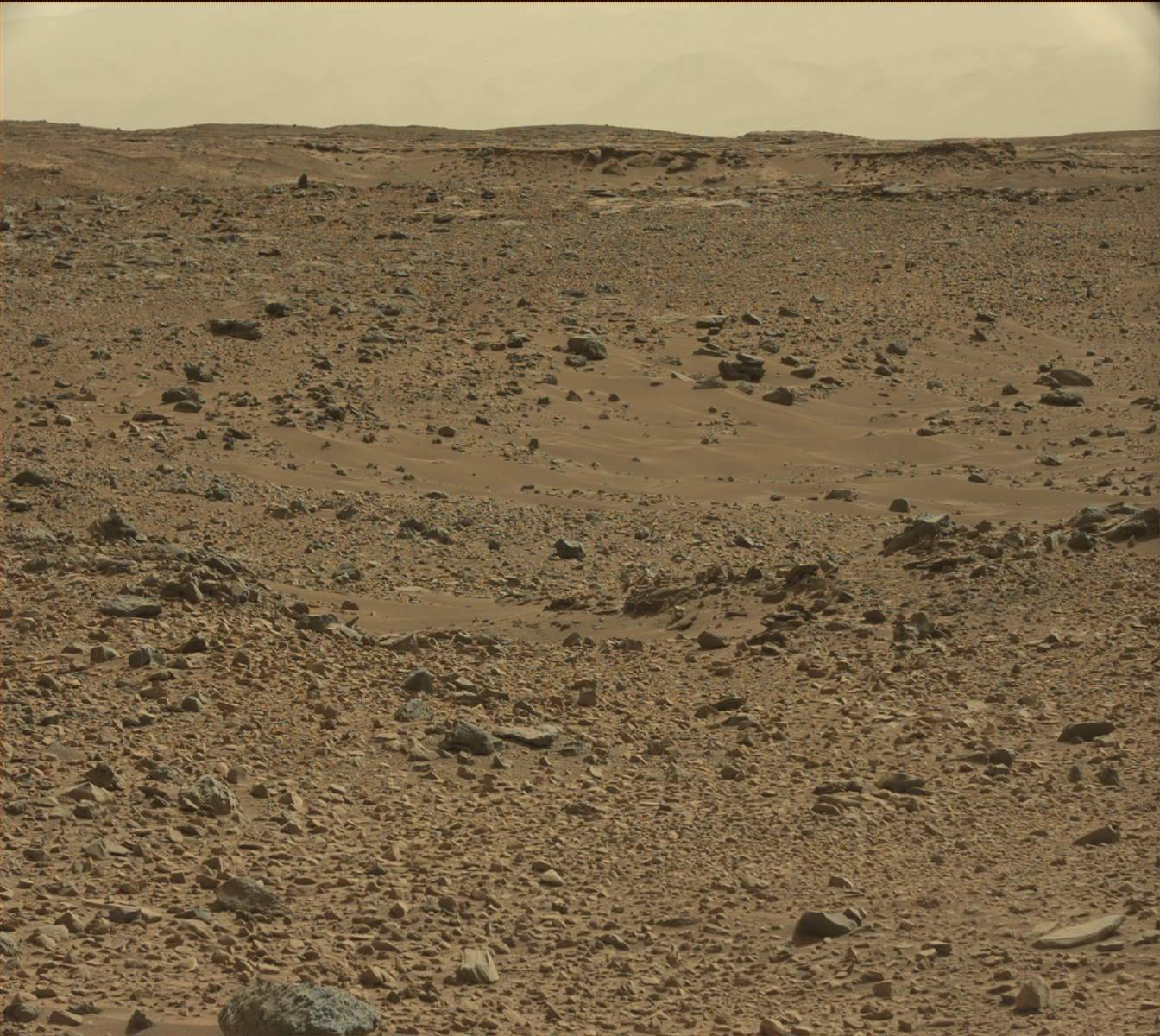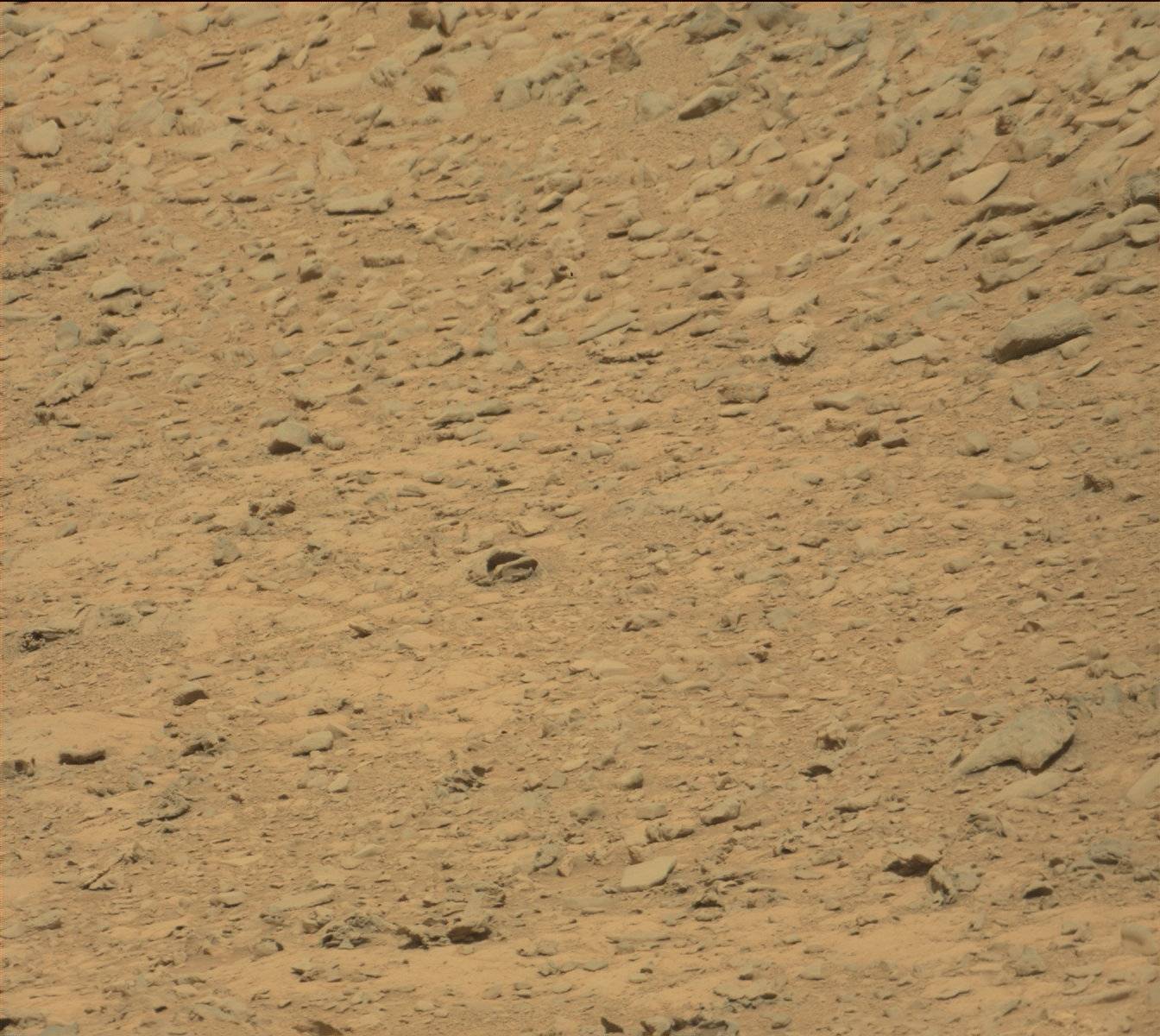Composition of the human body
The elemental composition of the human body can be looked at from the point of view of either mass composition, or atomic composition. To illustrate both views, the adult male human body is approximately 57% water, and water is 11% hydrogen by mass but 67% by count of atoms (i.e. 67 atomic percent). Thus, most of the mass of the human body is oxygen, but most of the atoms in the human body are hydrogen atoms. Both mass-composition and atomic composition figures are given below (see pie graphs and table).
Body composition may also be analyzed in terms of molecular type (e.g., water, protein, connective tissue, fats (or lipids) apatite (in bones), carbohydrates (such as glycogen and glucose) and DNA. In terms of tissue type, the body may be analyzed into water, fat, muscle, bone, etc. In terms of cell type, the body contains hundreds of different types of cells, but notably, the largest number of cells contained in a human body (though not the largest mass of cells) are not human cells, but consist of bacteria (bacterial cells) residing in the normal human gastrointestinal tract.
Contents
Major, minor and trace elements[]
Almost 99% of the mass of the human body is made up of six elements: oxygen, carbon, hydrogen, nitrogen, calcium, and phosphorus. Only about 0.85% is composed of another five elements: potassium, sulfur, sodium, chlorine, and magnesium. All are necessary to life. The remaining elements are trace elements, of which more than a dozen are thought to be necessary for life, or play a role in good health (e.g., fluorine, which hardens dental enamel but seems to have no other function).
An easy way to remember the six most essential elements in living organisms is CHONPC (carbon, hydrogen, oxygen, nitrogen, phosphorus, and calcium).
Other elements and questionable human-required elements[]
Not all elements which are found in the human body in trace quantities play a role in life. Some of these elements are thought to be simple bystander contaminants without function (examples: caesium, titanium), while many others are thought to be active toxics, depending on amount (cadmium, mercury, radioactives). The possible utility and toxicity of a few elements at levels normally found in the body (aluminum) is debated. Functions have been proposed for trace amounts of cadmium and lead, although these are almost certainly toxic in amounts very much larger than normally found in the body. There is evidence that arsenic, an element normally considered a toxic in higher amounts, is essential in ultratrace quantities, even in mammals.[citation needed]
Some elements that are clearly used in lower organisms and plants (arsenic, silicon, boron, nickel, vanadium) are probably needed by mammals also, but in far smaller doses. Two halogens used abundantly by some (though not all) lower organisms (fluorine and bromine) are presently known to be used by mammals only opportunistically (i.e. they are used actively when present, but when absent, do not cause diseases or severe health problems).[citation needed]
Elemental composition list[]
The average 70 kg adult human body contains approximately 7 x 1027 atoms and contains at least detectable traces of 60 chemical elements.[1] About 29 of these elements are thought to play an active positive role in life and health in humans.[2]
The relative amounts of each element vary by individual, mainly due to differences in the proportion of fat, muscle and bone in their body. Persons with more fat will have a higher proportion of carbon and a lower proportion of most other elements (the proportion of hydrogen will be about the same). The numbers in the table are averages of different numbers reported by different references.
The adult human body averages ~53% water. This varies substantially by age, sex, and adiposity. In a large sample of adults of all ages and both sexes, the figure for water fraction by weight was found to be 48 ±6% for females and 58 ±8% water for males.[3] Water is ~11% hydrogen by mass but ~67% hydrogen by atomic percent, and these numbers along with the complementary % numbers for oxygen in water, are the largest contributors to overall mass and atomic composition figures. Because of water content, the human body contains more oxygen by mass than any other element, but more hydrogen by atom-fraction than any element.
| Atomic number | Element | Fraction of mass[4][5][6][7][8][9] | Mass (kg)[10] | Atomic percent | Positive health role in mammals[11] | Negative effects of excess | Group |
|---|---|---|---|---|---|---|---|
| 8 | Oxygen | 0.65 | 43 | 24 | Yes (e.g. water, electron acceptor) | Reactive Oxygen Species | 16 |
| 6 | Carbon | 0.18 | 16 | 12 | Yes (organic compounds are hydrocarbon derivatives) | 14 | |
| 1 | Hydrogen | 0.10 | 7 | 62 | Yes (e.g. water) | 1 | |
| 7 | Nitrogen | 0.03 | 1.8 | 1.1 | Yes (e.g. DNA and amino acids) | 15 | |
| 20 | Calcium | 0.014 | 1.0 | 0.22 | Yes (e.g. Calmodulin and Hydroxylapatite in bones) | 2 | |
| 15 | Phosphorus | 0.011 | 0.78 | 0.22 | Yes (e.g. DNA and phosphorylation) | 15 | |
| 19 | Potassium | 2.5×10−3 | 0.14 | 0.033 | Yes (e.g. Na+/K+-ATPase) | 1 | |
| 16 | Sulfur | 2.5×10−3 | 0.14 | 0.038 | Yes (e.g.Cysteine, Methionine, Biotin, Thiamine) | 16 | |
| 11 | Sodium | 1.5×10−3 | 0.10 | 0.037 | Yes (e.g. Na+/K+-ATPase) | 1 | |
| 17 | Chlorine | 1.5×10−3 | 0.095 | 0.024 | Yes (e.g. Cl-transporting ATPase) | 17 | |
| 12 | Magnesium | 500×10−6 | 0.019 | 0.0070 | Yes (e.g. binding to ATP and other nucleotides) | 2 | |
| 26 | Iron* | 60×10−6 | 0.0042 | 0.00067 | Yes (e.g. Hemoglobin, Cytochromes) | 8 | |
| 9 | Fluorine | 37×10−6 | 0.0026 | 0.0012 | Yes (topically hardens teeth) | toxic in high amounts | 17 |
| 30 | Zinc | 32×10−6 | 0.0023 | 0.00031 | Yes (e.g. Zinc finger proteins) | 12 | |
| 14 | Silicon | 20×10−6 | 0.0010 | 0.0058 | Yes (probable) | 14 | |
| 37 | Rubidium | 4.6×10−6 | 0.00068 | 0.000033 | No (probable) | 1 | |
| 38 | Strontium | 4.6×10−6 | 0.00032 | 0.000033 | Possible (suspected bone growth factor) | 2 | |
| 35 | Bromine | 2.9×10−6 | 0.00026 | 0.000030 | Yes(?) Probable collagen IV crosslink synthetic cofactor.[12] | 17 | |
| 82 | Lead | 1.7×10−6 | 0.00012 | 0.0000045 | No, probably (possible NMDA antagonist) | toxic in higher amounts | 14 |
| 29 | Copper | 1×10−6 | 0.000072 | 0.0000104 | Yes (e.g. copper proteins) | 11 | |
| 13 | Aluminium | 870×10−9 | 0.000060 | 0.000015 | No | 13 | |
| 48 | Cadmium | 720×10−9 | 0.000050 | 0.0000045 | No, probably | toxic in higher amounts | 12 |
| 58 | Cerium | 570×10−9 | 0.000040 | No | |||
| 56 | Barium | 310×10−9 | 0.000022 | 0.0000012 | No, probably | toxic | 2 |
| 50 | Tin | 240×10−9 | 0.000020 | 6.0e-7 | No, probably | 14 | |
| 53 | Iodine | 160×10−9 | 0.000020 | 7.5e-7 | Yes (e.g. thyroxine, triiodothyronine) | 17 | |
| 22 | Titanium | 130×10−9 | 0.000020 | No | 4 | ||
| 5 | Boron | 690×10−9 | 0.000018 | 0.0000030 | Yes (probably) | 13 | |
| 34 | Selenium | 190×10−9 | 0.000015 | 4.5e-8 | Yes | toxic in higher amounts | 16 |
| 28 | Nickel | 140×10−9 | 0.000015 | 0.0000015 | Yes (allergies common) (e.g. urease) | 10 | |
| 24 | Chromium | 24×10−9 | 0.000014 | 8.9e-8 | Yes (not confirmed) | 6 | |
| 25 | Manganese | 170×10−9 | 0.000012 | 0.0000015 | Yes (e.g. Mn-SOD) | 7 | |
| 33 | Arsenic | 260×10−9 | 0.000007 | 8.9e-8 | Yes, probably | toxic in higher amounts | 15 |
| 3 | Lithium | 31×10−9 | 0.000007 | 0.0000015 | Yes, probably. Useful medically (mood stabilizer). | toxic in higher amounts | 1 |
| 80 | Mercury | 190×10−9 | 0.000006 | 8.9e-8 | No | toxic | 12 |
| 55 | Caesium | 21×10−9 | 0.000006 | 1.0e-7 | No | 1 | |
| 42 | Molybdenum | 130×10−9 | 0.000005 | 4.5e-8 | Yes (e.g. the molybdenum oxotransferases, Xanthine oxidase and Sulfite oxidase) | 6 | |
| 32 | Germanium | 5×10−6 | No, probably | 14 | |||
| 27 | Cobalt | 21×10−9 | 0.000003 | 3.0e-7 | Yes (cobalamin, B12) | 9 | |
| 51 | Antimony | 110×10−9 | 0.000002 | No | toxic | 15 | |
| 47 | Silver | 10×10−9 | 0.000002 | No | 11 | ||
| 41 | Niobium | 1600×10−9 | 0.0000015 | No | 5 | ||
| 40 | Zirconium | 6000×10−9 | 0.000001 | 3.0e-7 | No | 4 | |
| 57 | Lanthanum | 1370×10−9 | 8e-7 | No | |||
| 52 | Tellurium | 120×10−9 | 7e-7 | No | 16 | ||
| 31 | Gallium | 7e-7 | No | 13 | |||
| 39 | Yttrium | 6e-7 | No | 3 | |||
| 83 | Bismuth | 5e-7 | No (Useful in small amounts for gastrointestinal pain) | 15 | |||
| 81 | Thallium | 5e-7 | No | toxic | 13 | ||
| 49 | Indium | 4e-7 | No | 13 | |||
| 79 | Gold | 140×10−9 | 2e-7 | 3.0e-7 | No | 11 | |
| 21 | Scandium | 2e-7 | No | 3 | |||
| 73 | Tantalum | 2e-7 | No | 5 | |||
| 23 | Vanadium | 260×10−9 | 1.1e-7 | 1.2e-8 | Yes (not confirmed-bone growth factor/functions in osteo-metabolism) | 5 | |
| 90 | Thorium | 1e-7 | No | toxic | |||
| 92 | Uranium | 1.3×10−9 | 1e-7 | 3.0e-9 | No | toxic | |
| 62 | Samarium | 5.0e-8 | No | ||||
| 74 | Tungsten | 2.0e-8 | No | 6 | |||
| 4 | Beryllium | 50×10−12 | 3.6e-8 | 4.5e-8 | No | toxic | 2 |
| 88 | Radium | 1×10−19 | 3e-14 | 1e-17% | No | toxic | 2 |
| 84 | Polonium | 6.8e-15[13] | No | toxic | 16 |
*Iron = ~3 g in men, ~2.3 g in women
Most of the elements needed for life are relatively common in the Earth's crust. There are exceptions: cobalt for instance makes up only about 25 parts per million of the Earth's crust but is essential for human life. Conversely most of the common elements are necessary for life. An exception is aluminium, which is the third most common element in the Earth's crust (after oxygen and silicon), but seems to serve no function in living cells. Rather, it is harmful in large amounts.[14] Transferrins can bind aluminium.[15]
Essential elements on the periodic table[]
Periodic table highlighting dietary elements
| H | He | ||||||||||||||||||
|---|---|---|---|---|---|---|---|---|---|---|---|---|---|---|---|---|---|---|---|
| Li | Be | B | C | N | O | F | Ne | ||||||||||||
| Na | Mg | Al | Si | P | S | Cl | Ar | ||||||||||||
| K | Ca | Sc | Ti | V | Cr | Mn | Fe | Co | Ni | Cu | Zn | Ga | Ge | As | Se | Br | Kr | ||
| Rb | Sr | Y | Zr | Nb | Mo | Tc | Ru | Rh | Pd | Ag | Cd | In | Sn | Sb | Te | I | Xe | ||
| Cs | Ba | * | Lu | Hf | Ta | W | Re | Os | Ir | Pt | Au | Hg | Tl | Pb | Bi | Po | At | Rn | |
| Fr | Ra | ** | Lr | Rf | Db | Sg | Bh | Hs | Mt | Ds | Rg | Cn | Uut | Fl | Uup | Lv | Uus | Uuo | |
| * | La | Ce | Pr | Nd | Pm | Sm | Eu | Gd | Tb | Dy | Ho | Er | Tm | Yb | |||||
| ** | Ac | Th | Pa | U | Np | Pu | Am | Cm | Bk | Cf | Es | Fm | Md | No | |||||
| The four organic basic elements | Quantity elements | Essential trace elements | Possible structural or functional role in mammals |
Composition by molecule type[]
The composition can also be expressed in terms of chemicals, such as:
- Water
- Proteins – including those of hair, connective tissue, etc.
- Fats (or lipids)
- Apatite in bones
- Carbohydrates such as glycogen and glucose
- DNA
- Dissolved inorganic ions such as sodium, potassium, chloride, bicarbonate, phosphate
- Gases such as oxygen, carbon dioxide, nitrogen oxide, hydrogen, carbon monoxide, methanethiol. These may be dissolved or present in the gases in the lungs or intestines. Ethane and pentane are produced by oxygen free radicals.[16]
- Many other small molecules, such as amino acids, fatty acids, nucleobases, nucleosides, nucleotides, vitamins, cofactors.
- Free radicals such as superoxide, hydroxyl, and hydroperoxyl.
The composition of the human body can be viewed on an atomic and molecular scale as shown in this article.
The estimated gross molecular contents of a typical 20-micrometre human cell is as follows:[17]
| Molecule | Percent of Mass | Mol.Weight (daltons) | Molecules | Percent of Molecules |
|---|---|---|---|---|
| Water | 65* | 18* | 1.74e14 | 98.73 |
| Other Inorganics | 1.5 | N/A | 1.31e12 | 0.74 |
| Lipids | 12 | N/A | 8.4e11 | 0.475 |
| Other Organics | 0.4 | N/A | 7.7e10 | 0.044 |
| Protein | 20 | N/A | 1.9e10 | 0.011 |
| RNA | 1.0 | N/A | 5e7 | 3e-5 |
| DNA | 0.1 | 1e11 | 46* | 3e-11 |
*Water: Obviously the amount of water is highly dependent on body composition and amount of fat. In adults in developed countries it actually averages ~53% water. This varies substantially by age, sex, and adiposity. In a large sample of adults of all ages and both sexes, the figure for water fraction by weight was found to be 48 ±6% for females and 58 ±8% water for males.[18] DNA: A human cell also contains mitochondrial DNA. Sperm cells contain less mitochondrial DNA than other cells. A mammalian red blood cell contains no nucleus and thus no DNA.
Materials and tissues[]
Body composition can also be expressed in terms of various types of material, such as:
- Muscle
- Fat
- Bone and teeth
- Brain and nerves
- Connective tissue
- Blood – 7% of body weight.
- Lymph
- Contents of digestive tract, including intestinal gas
- Urine
- Air in lungs
Composition by cell type[]
There are many species of bacteria and other microorganisms that live on or inside the healthy human body. In fact, 90% of the cells in (or on) a human body are microbes, by number[19][20] (much less by mass or volume). Some of these symbionts are necessary for our health. Those that neither help nor harm humans are called commensal organisms.




